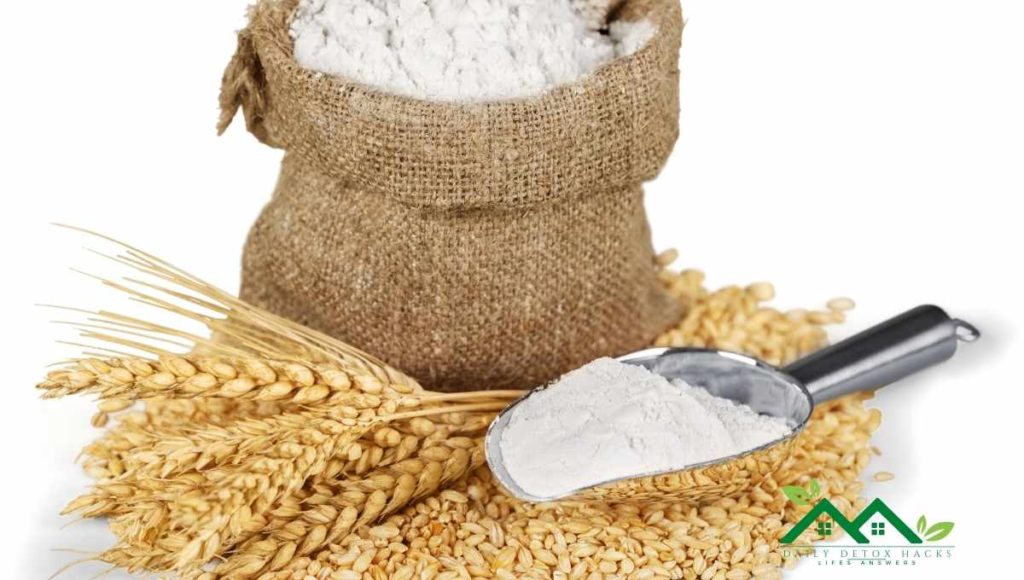Embracing Gluten-Free Alternatives: A Comprehensive Guide to Mastering Gluten-Free Cooking and Baking
Introduction:
Welcome to our extensive exploration of gluten-free substitutes for all your culinary endeavors! Gluten, a protein found in wheat, barley, and rye, is a key component in many traditional recipes, offering structure, elasticity, and a distinct taste. However, various factors, such as health concerns, dietary restrictions, or personal preferences, may lead individuals to seek out alternatives to gluten-containing ingredients.
At DDH, our mission is to equip you with the knowledge and resources needed to make confident choices about the ingredients you use in your kitchen. Our exhaustive guide on gluten-free substitutes aims to support and inspire you on your gluten-free journey, ensuring that you can continue to enjoy scrumptious, satisfying dishes without sacrificing flavor or texture.
In this comprehensive resource, we’ll introduce you to a diverse array of gluten-free substitutes, including alternative flours, grains, and binding agents. We’ll also provide guidance on measurements, flavor profiles, and techniques to help you seamlessly incorporate these substitutes into your recipes. Our goal is to empower and inspire you in your gluten-free cooking and baking endeavors, enabling you to achieve outstanding results in the kitchen.
Reasons for Gluten-Free Substitution:
As we delve into the world of gluten-free substitutes, it’s essential to understand the various motivations behind choosing to replace traditional gluten-containing ingredients. These reasons, each with its unique challenges and benefits, include:
- Celiac disease: For individuals with celiac disease, consuming even trace amounts of gluten can cause an autoimmune reaction, leading to severe damage to the small intestine. Gluten-free substitutes provide a safe alternative, allowing them to enjoy a wide range of dishes without risking their health.
- Non-celiac gluten sensitivity: Some people experience a range of symptoms when consuming gluten, despite not having celiac disease. This condition, known as non-celiac gluten sensitivity, can be managed by adopting a gluten-free diet, which relies on suitable substitutes.
- Allergies: Wheat allergies are fairly common, and avoiding gluten-containing ingredients is often necessary to prevent allergic reactions. Gluten-free substitutes offer a way to continue enjoying familiar recipes while avoiding allergens.
- Dietary preferences: Some individuals choose to follow a gluten-free diet for various personal reasons, such as improving their overall health or exploring potential benefits for specific health conditions. Gluten-free substitutes provide an opportunity to maintain dietary preferences while still enjoying a diverse array of dishes.
- Culinary exploration: Experimenting with gluten-free substitutes can lead to discovering new flavors, textures, and techniques in cooking and baking. This can be particularly appealing to adventurous home cooks and professional chefs looking to expand their culinary horizons and challenge traditional boundaries.
As we progress through this guide, you’ll gain valuable insights into the wide range of gluten-free substitutes available, enabling you to confidently adapt any recipe to accommodate your dietary needs and preferences. Let’s embark on this captivating journey of gluten-free alternatives and unleash new possibilities in the kitchen!


